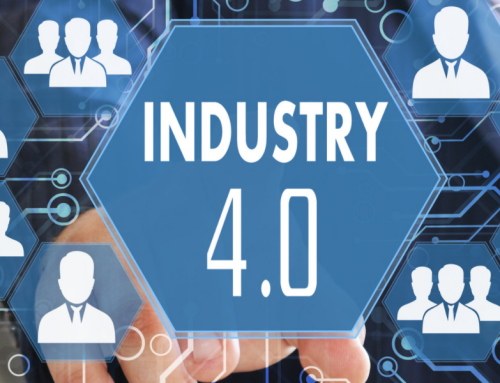It won’t surprise anyone that customer expectations have been rapidly changing, particularly in light of the events of the last year and a half. Those changes, however, began long before the global disruption in 2020.
For the last 16 years, the term Fourth Industrial Revolution, or Industry 4.0, has been used to describe the situation that manufacturers and service providers find themselves in. There have been rapid advances in every aspect of technology impacting how people live, work and function in society. Both manufacturers and service providers are desperately trying to determine what customers expect in the era of Industry 4.0. Is it low cost and high value, asset reliability, ease of use, low effort, great personal relationships, or business model flexibility?
The answer is “all of the above.” Industry 4.0 is defined by the ability to apply transformative technologies that redefine how industrial and service companies interact with their customers. Tools include the industrial internet of things, easily accessible analytics, process and manufacturing automation, robotics, digital twin-style simulation, additive manufacturing, design and manufacture for service, and artificial intelligence. Industry 4.0 is driven by the availability of these technologies to boost efficiencies and become more agile. The competition, of course, has access to these remarkable tools as well, which makes it an adoption race. The few equipment and service providers to embrace them first will have a huge advantage over their competitors.
Customers are scrutinizing the equipment they need, the way it works, how reliable it is, how it can draw on performance and forecasting data to run scenarios and, more than anything else, how easy it is to do all of that. They’re comparing their interactions with equipment and service providers against those with individuals and organizations in their personal lives.
To read the rest of this column, click here: In the Age of Industry 4.0, What Do Customers Really Want? | SupplyChainBrain




Leave A Comment